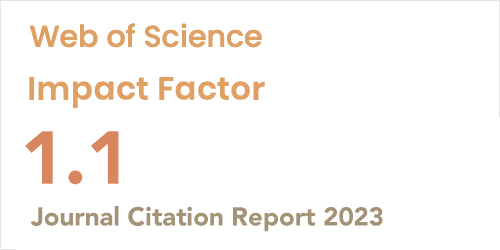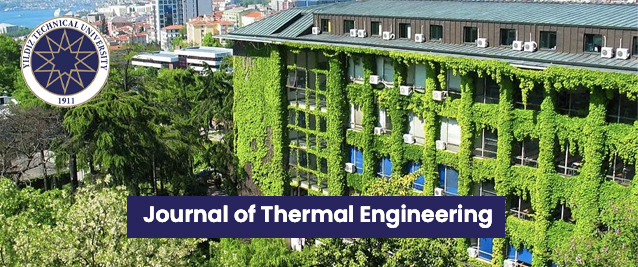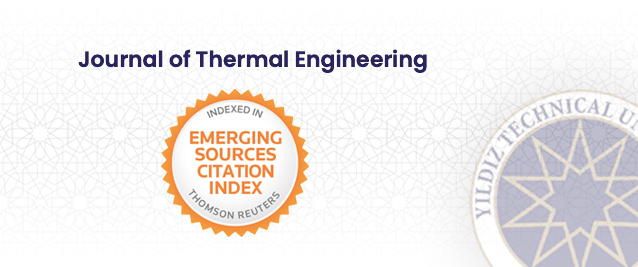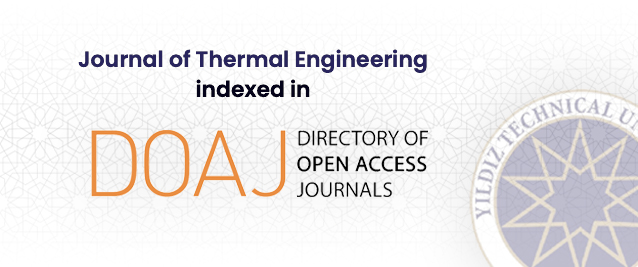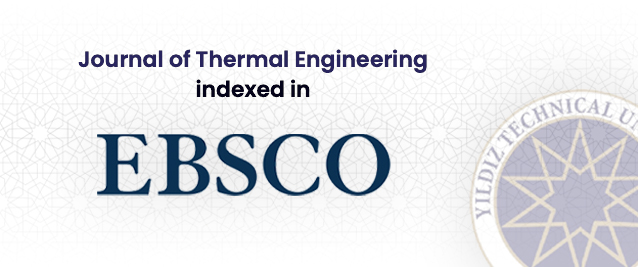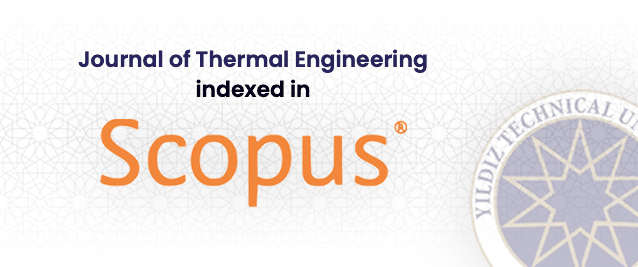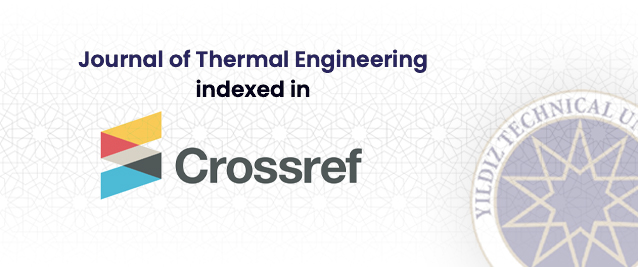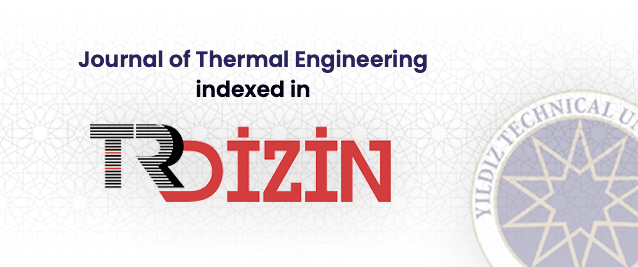2LPDS Laboratory, Tahri Mohamed University, Bechar, 08000, Algeria
3L2ME Laboratory, Tahri Mohamed University, Bechar, 08000, Algeria
4ENERGARID Laboratory, Tahri Mohamed University, Bechar, 08000, Algeria, LPDS Laboratory, Tahri Mohamed University, Bechar, 08000, Algeria
5ENERGARID Laboratory, Tahri Mohamed University, Bechar, 08000, Algeria, L2ME Laboratory, Tahri Mohamed University, Bechar, 08000, Algeria
Abstract
A triangle space with a submerged cold cylinder of varying sizes and shapes is the subject of this computational investigation of spontaneous thermal convection. The (Al2O3-Cu-water) hybrid nanofluid fills the triangle space using an aspect ratio and the geometry of the cold source immersed in the solar panel. The objective of this project is to enhance the perfor-mance of the panel by increasing the evacuation rate of convective heat transfer. The second goal is to conduct digital research that will enable a reliable selection of data for the panel fu-ture design. Therefore, this work has significance since it allows for lowering the temperature and boosting the solar panel efficiency despite the challenging conditions in our dry border region (south-west Algeria). With a Rayleigh number of 106 and based on information from our dry location (southwest Algeria), with the solar panel angled at 30°, we tested three dis-tinct cases: one with SL=0.04, another with SL=0.06 and the last one with SL= 0.08. The cou-
pling of the flow-governing equations in our investigation is solved by a quadratic Lagrange interpolation utilizing the finite element approach. Following the establishment of the optimal dimension, five distinct shapes of the cold source are examined to ascertain the best shape for the evacuation of convective heat transfer within a triangle cavity. Temperature profiles, average Nusselt number, streamline and isotherm patterns are all part of the collected data. Based on the findings of this experiment, the convective transfer mode can only be dominant
when the source is circular with a diameter of SL= 0.08. Near the source, it has been found that the temperature of the solar panel is reduced, which is a significant result. There is a strong agreement when we compare the average Nusselt number of our code to that of Keramat.




